The Lecture Capture service (called Replay) is now available across the University, after a two-year pilot of the commercial software (called Panopto). This July 2016 blog post provides more information: Replay is now a service.
What are the costs to departments?
The service is free of charge to departments at the point of use. This means that the Panopto software can be installed on any number of computers in any numbers of rooms, or on any personal laptops. The only restriction is that the annual licence fee (paid by IT Services to Panopto) depends on the number of hours recorded and viewed. Therefore access to making and viewing recorded lectures is restricted via membership of a suitable WebLearn site.
What is the difference between recorded lectures and podcasts?
The University’s podcast service has been in place since 2008. It now offers a large collection of audio and video recordings of lectures and other events or series. The majority of recordings are available to the public or as open educational resources. Recorded lectures using Replay, on the other hand, are intended for Oxford students and are restricted via membership of (or visitor access to) a WebLearn site. There are numerous pedagogical benefits for students in being able to listen during the live lecture and view the recording later for consolidation of their knowledge and revision. Usually audio and slides are sufficient, which makes the system comfortable and unobtrusive for presenters (video can be added, but this increases the complexity and cost of equipment).
Can I make my recordings public?
If you wish to make your recorded lectures public, the Replay recordings can be downloaded from the Panopto site as .mp4 files, which can then be made available via the Podcasting service.
What is required in WebLearn?
WebLearn is used as the gateway into Replay, enabling staff and students to use their Oxford single signon accounts. A suitable WebLearn site needs to be created before any recordings can be made. The site maintainer provides student access to the site and uses Site Info > Manage Tools to add the Replay tool. This is an LTI (learning tools interoperability) tool that enables authentication and the link to Panopto. The Panopto software (‘app’) needs to be downloaded (once) onto the presenter’s computer – via the same LTI tool (usually called ‘Recorded Lectures’) in the WebLearn site. The lecturer uses the WebLearn site to initiate recordings, which are automatically uploaded and stored in a corresponding Panopto folder. Students view the recordings by clicking on the ‘Recorded Lectures’ tool in the site.
Is additional training required for WebLearn site maintainers?
No additional training is required.
What Replay training is provided by IT Services?
The IT Learning Centre offers a series of short courses on the use of Replay, ranging from a getting started workshop to more advanced sessions.
More information
- Replay Help site: http://help.it.ox.ac.uk/replay
- Lecture Capture (Replay) support site in WebLearn (join the site to register automatically on the mailing list): https://weblearn.ox.ac.uk/portal/hierarchy/central/it/lect_capt/
- Contact Replay: replay@it.ox.ac.uk
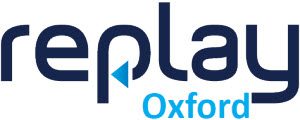
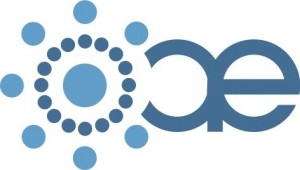 The
The 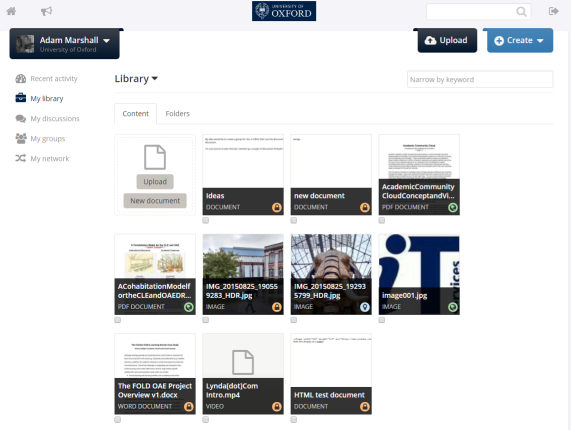
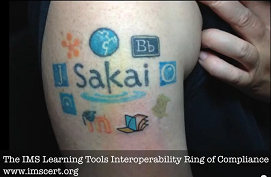 We are thrilled to announce that Dr Charles Severance from the University of Michigan will be giving a short talk about the “Next Generation Digital Learning Environment” (NGDLE) in IT Services, Banbury Rd on Monday 27th February at 12.30.
We are thrilled to announce that Dr Charles Severance from the University of Michigan will be giving a short talk about the “Next Generation Digital Learning Environment” (NGDLE) in IT Services, Banbury Rd on Monday 27th February at 12.30.
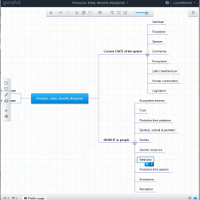
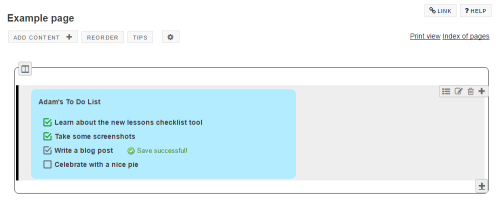

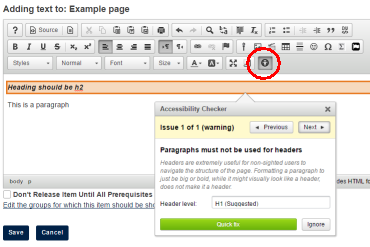
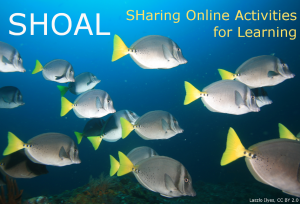 Testing Testing!
Testing Testing! Turnitin has released a major product upgrade that is now available at Oxford University. The new version of the service (which has been live since the afternoon of Monday 16th Jan 2017), is called Turnitin Feedback Studio and offers all the functionalities of Turnitin, but with a simplified, more intuitive interface designed for the modern classroom.
Turnitin has released a major product upgrade that is now available at Oxford University. The new version of the service (which has been live since the afternoon of Monday 16th Jan 2017), is called Turnitin Feedback Studio and offers all the functionalities of Turnitin, but with a simplified, more intuitive interface designed for the modern classroom.